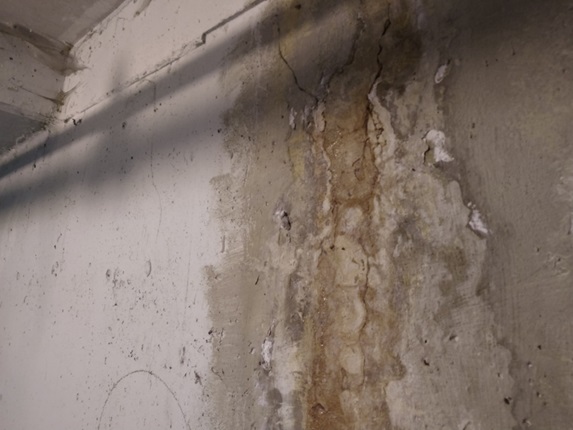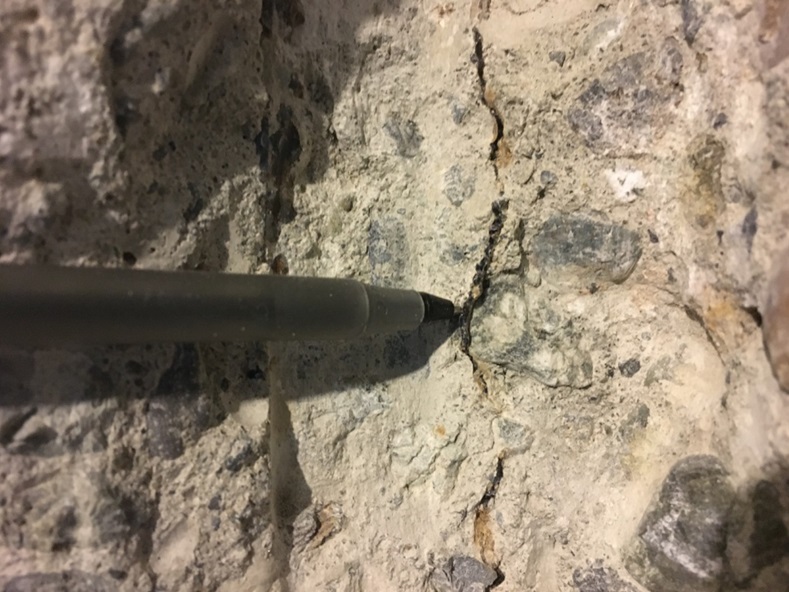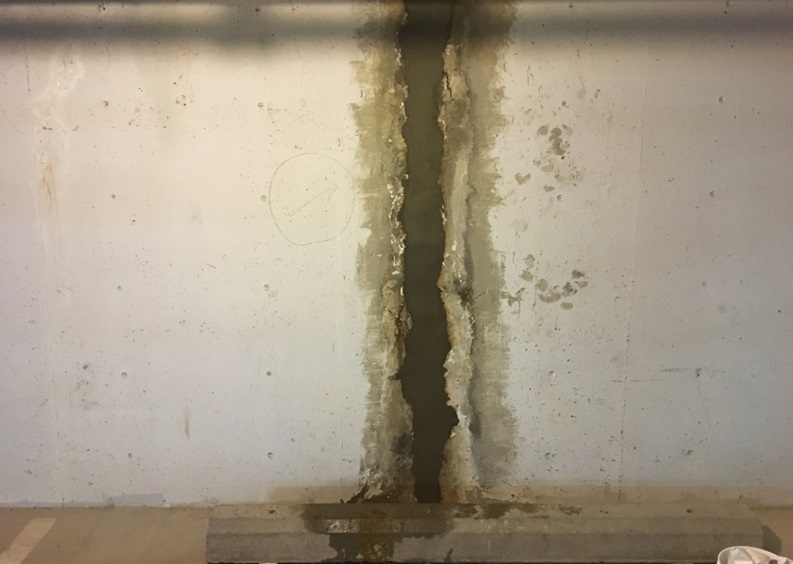The late 1980s in British Columbia (BC) saw a building boom that continued until the early 2000s. It was a time of rapid growth and expansion. Companies from all over the world were eager to profit from the boom, often rushing to get construction done. However, there were shortages of labor and experience during this time, which led many of these companies to use less experienced contractors to keep sites fully staffed. Further exacerbating the problem was how many of the companies were inexperienced and unfamiliar with the local climate.
By the mid-‘90s, rapid growth and development was still at its height. Many inexperienced companies and contractors were continuing to build despite being unaware of the nuances to construction in BC.
Similar pressures existed on the design side, which brought less experienced design professionals and fewer on-site inspections. Combining that with the number of projects developed by inexperienced hands resulted in a perfect storm of lesser quality buildings. Many of which were soon grouped under the label of what’s now known as the leaky condo crisis, and repairs related to this period continue to this day.
That Includes the Restoration of a Building in South Surrey
One of these repairs in particular was for a 25-year-old, four-story condominium complex with a one-story below grade parkade in South Surrey, BC. Much of the complex’s parkade is under the building with the remainder covered by landscaping and patios.
The site’s construction was done in three stages, with each stage built by a different contractor two to three years after the previous stage. This stilted construction process was a result of the ongoing labor and consultant shortages at the time. It led to long periods of waiting to see if a contractor was available and reduced the likelihood of having the same contractor who handled the previous stage.
Unfortunately, between each stage and contractor, the decline in the site’s quality became more and more evident. It didn’t help that the wait periods for both stage and contractor left portions of the building exposed to inclement weather and freeze-thaw cycles that affected the integrity of the site’s concrete and structural elements. As a result, the below grade parking experienced water ingress, and various repairs had been attempted over the years.
A Visual Inspection Revealed the Extent of the Leaky Condo Crisis Damage
After years of the same conditions, a repair contractor was chosen to look for a different solution, and they reached out to the waterproofing experts at Kryton. Shortly after, a site meeting was arranged for discussions between the contractor, Kryton, the site’s strata members, and the strata’s consultant engineer to assess the building and establish a scope for repairs.
During that meeting, the group conducted a visual inspection of the concrete in the parkade walls, which revealed extensive honeycombing and a high frequency of cracking. It appeared that the concrete had not received sufficient vibration at the time of placement, which in turn, led to bug holes, pour lines, and pockets of low consolidation. Additionally, they found voids at the base of corners and in hard-to-reach areas, such as under bulkheads, while at the same time, they could often find vertical shrinkage cracks spaced 1 m to 2 m apart.
They also discovered multiple points of water infiltration, with many traced back to cracks and deficiencies in the concrete. In fact, concrete could be observed cracking and falling off in large pieces at the cold joint between stages of construction. The polyvinyl chloride waterbar was visible behind this cracking concrete and installed at an angle that was too low and had little concrete cover.
During previous construction stages, workers had attempted to repair all these troublesome areas in multiple ways, including by chip and grout, by injection, and by surface-applied slurry. For some areas, it was evident that the workers had attempted several repair methods. However, none of these attempts were successful, and water continued to enter through previous repairs.
In some cases, cracks were not repaired along their entire length. Instead, only the leaking portion was repaired. The leaks in these locations eventually migrated around the repair and continued to flow through.
In other cases, a number of grouted repairs cracked and did not bond with the concrete, indicating poor surface preparation. Many surface slurries also cracked and delaminated in small sheets, which was also likely the result of a lack of surface preparation. The injected resins fared no better, and many continued to leak after injection.
All of these repair products had unfortunately failed, and their assessment seemed to indicate that it was due to applicator error or inexperience.
To Remedy This Dilemma, the Repair Contractor Sought Kryton’s Assistance
To stop the leaks from flowing through these repair mishaps, the contractor needed to remove the previously installed products so they could expose the leak and directly repair the concrete.
At the request of the contractor, Kryton provided assistance on product removal, and eventually, most of these old repairs were removed. The repair itself was cut back to sound, solid concrete. In turn, this removal made it possible to observe the condition of the concrete as well as the epoxy resin that filled the crack from a previous repair attempt. Workers were able to thoroughly clean away the dust and debris from concrete removal and bring the concrete to a saturated surface-dry condition.
At that point, the contractor chose to go with a repair product not yet used on this site: Kryton’s Krystol Repair Grout™. This system contains Kryton’s crystalline technology, which allows the product to create a permanent, watertight repair with the future capacity to seal leaks. To remain so effective, the technology reacts with water and unhydrated cement particles to grow needle-shaped crystals in an interlocking matrix to stop the flow of water.
To add an additional crystalline barrier to this interlocking matrix, the contractor chose to coat the grout with Krystol T1® once the grout had hardened.
The contractor knew how to handle these latest repair products effectively, having worked closely with Kryton in the past for training as well as for product testing and development. As a result, with their background in concrete repairs and experience with Kryton’s products, they were the right choice for the job.
To ensure the job was a complete success and that it produced a satisfactory result for the building’s strata council, Kryton’s technical services team attended the repair process and provided expert site support for the repair contractor.







